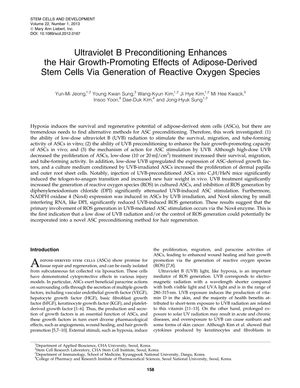TLDR Low-dose UVB light improves hair growth effects of certain stem cells by increasing reactive oxygen species.
The 2013 study investigated the impact of low-dose ultraviolet B (UVB) radiation on adipose-derived stem cells (ASCs) and its potential to promote hair growth. Low-dose UVB preconditioning was found to enhance the survival, migration, and angiogenic differentiation of ASCs, as well as upregulate the expression of growth factors associated with hair regeneration. The study showed that UVB-preconditioned ASCs, when injected into mice, significantly induced the transition from the resting phase to the growth phase of hair, resulting in increased hair weight. Additionally, the study revealed that UVB treatment increased reactive oxygen species (ROS) generation in ASCs, which was crucial for the stimulation of ASCs and their hair growth-promoting effects. The enzyme NADPH oxidase 4 (Nox4) was identified as a key player in ROS generation, and inhibiting ROS or silencing Nox4 reduced the UVB-induced effects. The study suggests that UVB preconditioning, possibly through the control of ROS generation, could be a novel method for enhancing the hair regenerative potential of ASCs. The number of mice used in the transplantation part of the study was 4, with 2 sites per mouse for each group.
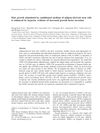 134 citations
,
January 2010 in “Biomedical research”
134 citations
,
January 2010 in “Biomedical research” Low oxygen conditions increase the hair-growing effects of substances from fat-derived stem cells by boosting growth factor release.
 81 citations
,
December 2009 in “Journal of Dermatological Science”
81 citations
,
December 2009 in “Journal of Dermatological Science” Fat tissue stem cells may help increase hair growth.
34 citations
,
March 2009 in “British journal of dermatology/British journal of dermatology, Supplement” Vitamin C derivative helps hair grow longer by making cells produce a growth factor through a specific cellular pathway.
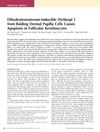 171 citations
,
July 2007 in “Journal of Investigative Dermatology”
171 citations
,
July 2007 in “Journal of Investigative Dermatology” A substance called DKK-1 increases in balding areas and causes hair cells to die when exposed to DHT.
 136 citations
,
June 2006 in “Journal of Dermatological Science”
136 citations
,
June 2006 in “Journal of Dermatological Science” PDGF isoforms can promote and sustain hair growth.
56 citations
,
June 2002 in “Biomaterials” Controlled release of VEGF in a collagen hydrogel boosts hair growth in mice.
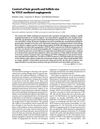 520 citations
,
February 2001 in “Journal of Clinical Investigation”
520 citations
,
February 2001 in “Journal of Clinical Investigation” VEGF helps hair grow and determines follicle size by increasing blood vessel growth.
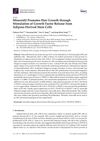 42 citations
,
February 2018 in “International Journal of Molecular Sciences”
42 citations
,
February 2018 in “International Journal of Molecular Sciences” Minoxidil boosts hair growth by triggering growth factor release from specific stem cells.
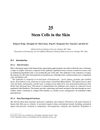
Skin stem cells are crucial for maintaining and repairing skin, with potential for treating skin disorders and improving wound healing.
April 2024 in “Biomolecules” Exosomal miRNAs from stem cells can help improve skin health and delay aging.
 42 citations
,
February 2014 in “Stem Cells and Development”
42 citations
,
February 2014 in “Stem Cells and Development” Vitamin C helps adipose-derived stem cells grow and may support hair growth.
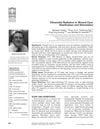 106 citations
,
July 2013 in “Advances in wound care”
106 citations
,
July 2013 in “Advances in wound care” UV radiation can help sterilize wounds and promote healing but requires careful use to avoid damaging cells.
